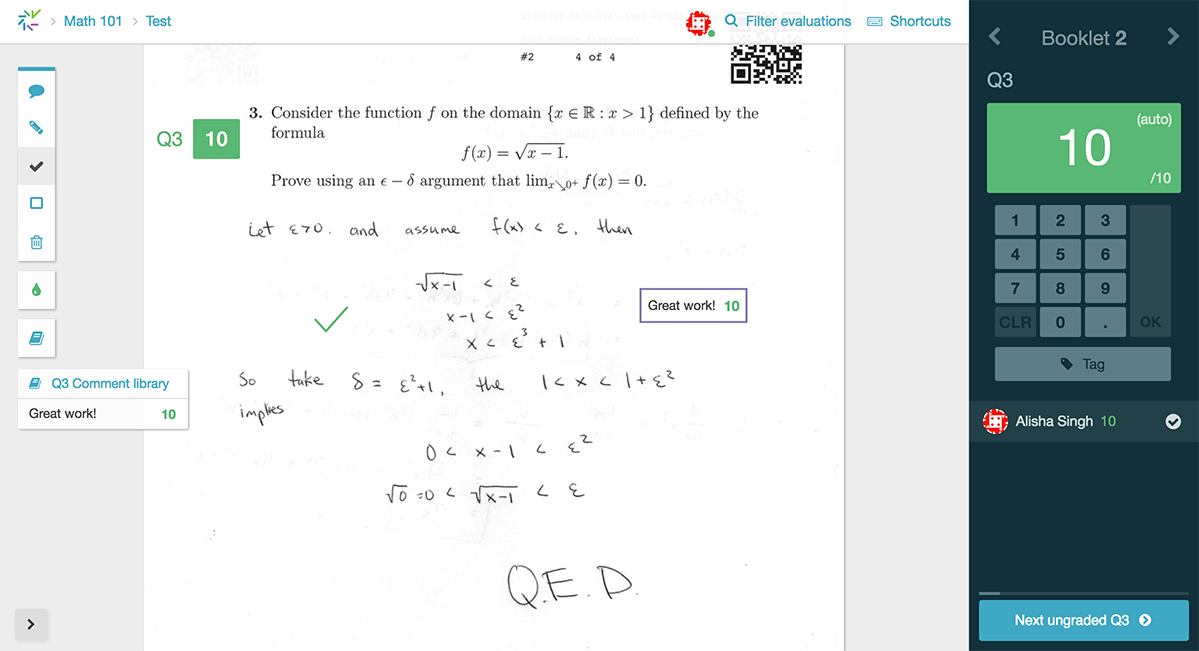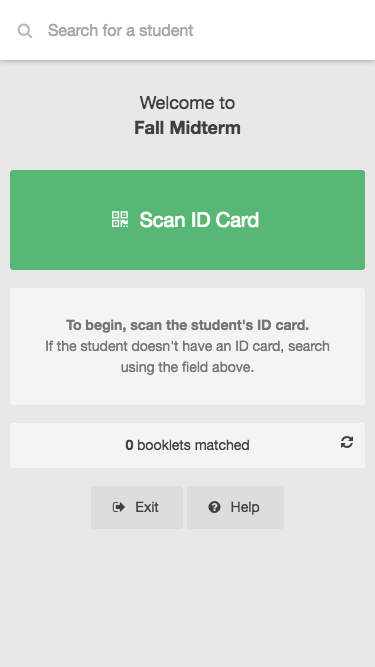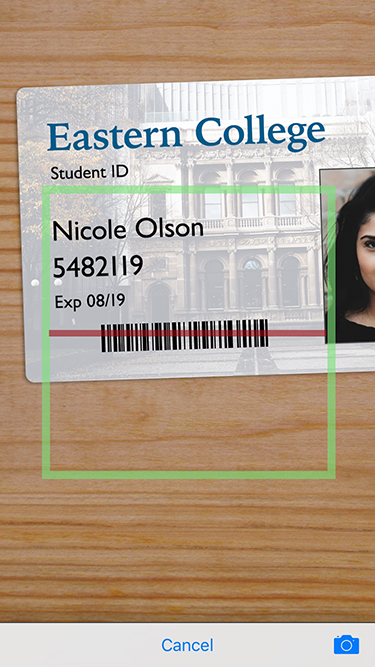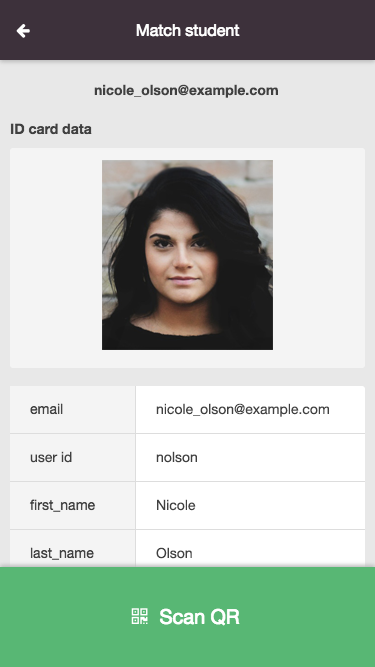Crowdmark

About Crowdmark
Crowdmark is an online grading and analytics platform. After a test or assignment is written, the instructor or students scan the papers and upload them to Crowdmark. Instructors use Crowdmark either alone or in teams to grade the papers, leaving rich comments and annotations. The graded tests or assignments are then emailed back to the student for review.
I joined the Crowdmark team as the lead designer in 2013. I helped establish the company's branding before the product launched and created a style guide for the product. Over the past 5 years, we've continued to develop the main Crowdmark web application, launched a mobile attendance app, and have partnered with schools around the world. We've helped instructors cut grading time by up to 70%.


Grading interface
The core of Crowdmark is the grading interface. This is where instructors, TAs, and other members of the instructional team annotate and score student work and give feedback.
One of Crowdmark's goals is to make grading faster and more efficient, allowing graders to give more detailed feedback. Students often make the same mistakes and it's a pain to write out the same feedback over and over.
One way we addressed this problem is with a reusable comment feature. After a grader leaves a comment on a student's paper, it can be reused by simply dragging and dropping it onto another student's paper. Each comment can be associated with a score, so the grade for the question is applied automatically.

Exam Matcher mobile attendance app
Every time an instructor administers an exam, they need to take attendance while students are writing. If the instructor is using Crowdmark, they also need to associate each exam with the student who wrote it. Invigilators need to be on the lookout for fake ID cards and disappearing booklets. We created the Exam Matcher app to combine these tasks and allow invigilators to confirm student identity in a non-disruptive way.
How it works: Instead of walking around with a sheet of paper and gathering signatures from students at the beginning of a exam, invigilators:
- Sign in to the Exam Matcher app on a mobile phone or tablet.
- Use their device's camera to scan a student's ID card.
- Verify that the physical ID and photo match the information in the school's database.
- Scan the QR code on the student's exam to associate the paper with the student.
If the invigilator detects an issue with the ID card or suspects cheating, they can quietly flag the student for review in Crowdmark. The app saves time for the instructor and avoids disrupting students while they are writing.


